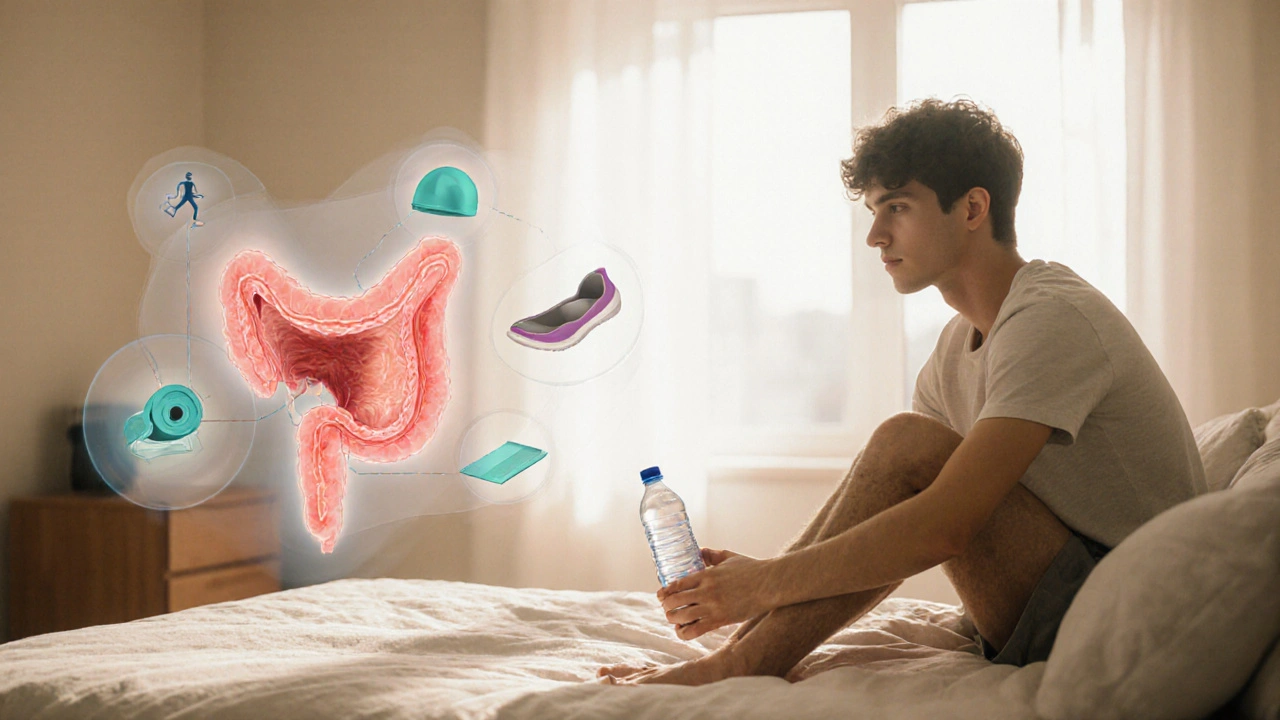Physical Activity: How Movement Boosts Health, Prevents Disease, and Supports Medication Outcomes
When you move your body regularly, you’re not just burning calories—you’re activating a system that affects everything from your heart, a muscle that strengthens with consistent movement and pumps blood more efficiently to your brain, where physical activity triggers chemicals that reduce anxiety and improve focus. It’s not a luxury. It’s a medical tool, just like a pill, and it works alongside medications for blood pressure, diabetes, depression, and even cancer recovery. Studies show people who stay active reduce their risk of heart disease by up to 35%, and those on blood pressure meds like Candesartan, a common ARB used to lower hypertension or Perindopril, an ACE inhibitor that relaxes blood vessels often see better results when they add walking, swimming, or strength training to their routine.
Physical activity isn’t just about cardio. It’s about keeping your joints flexible, your muscles strong, and your metabolism balanced. For someone managing gout, a form of arthritis caused by uric acid buildup, low-impact movement like cycling or swimming helps reduce flare-ups without stressing the joints. If you’re dealing with deep vein thrombosis, a dangerous blood clot that forms in deep veins, often in the legs, gentle movement is part of prevention—avoiding long periods of sitting, wearing compression socks, and walking regularly can stop clots before they start. Even for mental health conditions like OCD, a disorder marked by intrusive thoughts and repetitive behaviors, daily movement helps regulate the brain’s stress response, making therapies like CBT more effective. And if you’re on meds like Seroquel, an antipsychotic often prescribed for bipolar disorder and insomnia, physical activity can counteract weight gain and drowsiness, two common side effects.
There’s no one-size-fits-all routine. It doesn’t have to be gym sessions or marathons. It’s about finding what you can stick with—gardening, dancing, taking the stairs, or walking your dog. The goal isn’t perfection. It’s consistency. And the science is clear: people who move regularly live longer, feel better, and respond better to treatment. Whether you’re managing high blood pressure, recovering from surgery, or just trying to feel less tired, movement is the most underused medicine out there. Below, you’ll find real, practical guides on how physical activity connects to the meds you take, the conditions you live with, and the daily choices that make the biggest difference.
- Archer Pennington
- 15
Proctitis and Exercise: Practical Tips to Stay Active & Healthy
Learn safe, low‑impact exercises and practical tips to stay active while managing proctitis symptoms, from pelvic floor work to nutrition and symptom tracking.
Read more
